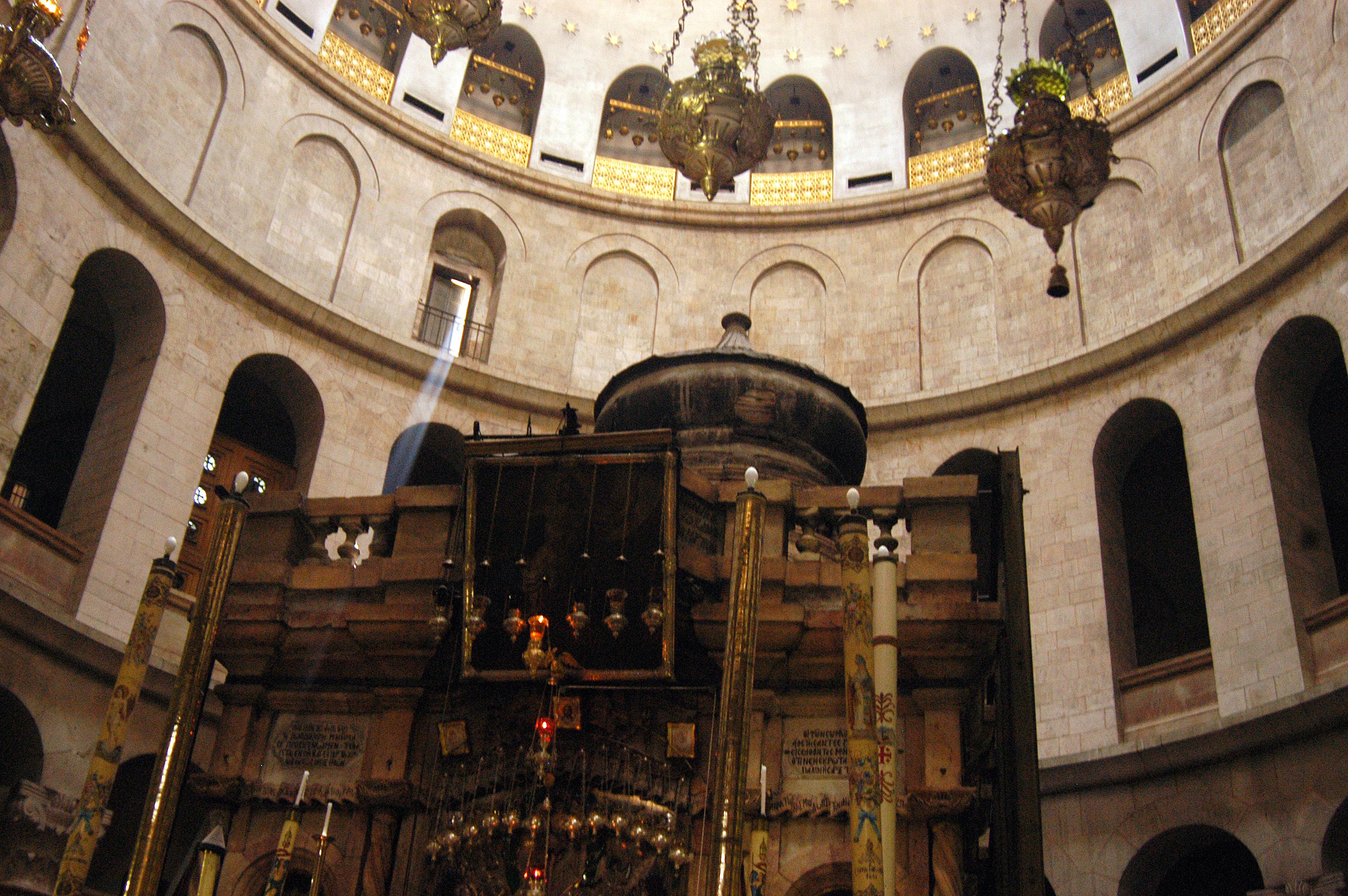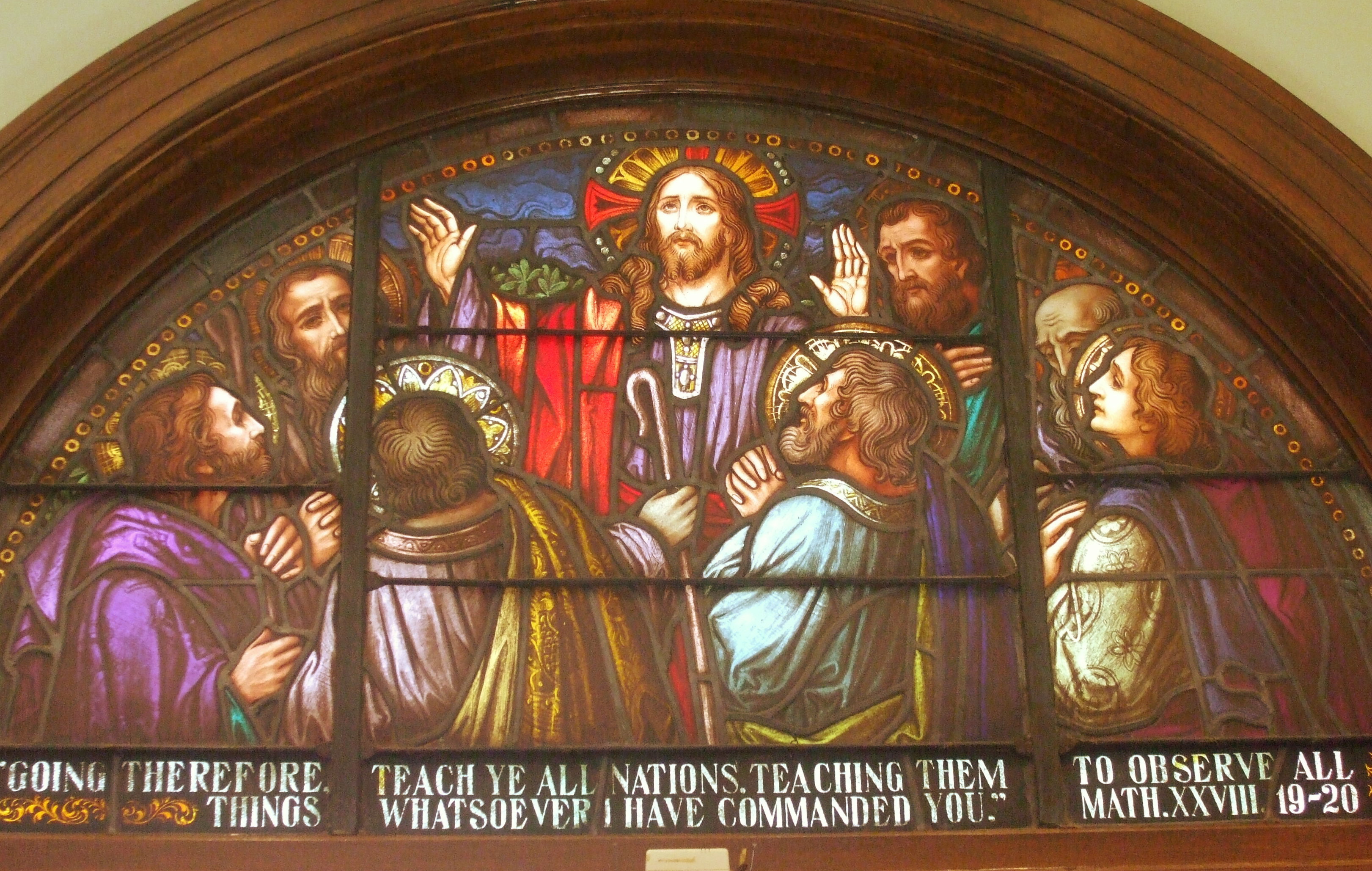|
Overview Of Resurrection Appearances In The Gospels And Paul
The Gospels, Acts and Paul give describe several resurrection appearances of Jesus. An overview is given below. {, class="wikitable" style="background: #ffffff;" , - , style="width:20%;background: #e6ffff; text-align: center", Paul(c. 53–54) , style="width:20%;background: #e6ffff; text-align: center", Mark 16:1-8(66–70) , style="width:20%;background: #e6ffff; text-align: center", Matthew(70-110) , style="width:20%;background: #e6ffff; text-align: center", Luke(80–110) , style="width:20%;background: #e6ffff; text-align: center", Acts(80-90) , style="width:20%;background: #e6ffff; text-align: center", John(90–110) , style="width:20%;background: #e6ffff; text-align: center", MarkLonger ending(c. 2nd-4th cent.) , style="width:20%;background: #e6ffff; text-align: center", MarkShorter ending(c. 3rd cent.) , - valign="top" , Paul , , Mark , Mary Magdalene, Mary the mother of James, and Salome go to the tomb, where the stone has been rolled away. , Mat ... [...More Info...] [...Related Items...] OR: [Wikipedia] [Google] [Baidu] |
Mark 16
Mark 16 is the final chapter of the Gospel of Mark in the New Testament of the Christian Bible. It begins after the sabbath, with Mary Magdalene, Mary the mother of James, and Salome bringing spices to the tomb to anoint Jesus' body. There they encounter the stone rolled away, the tomb open, and a young man dressed in white who announces the resurrection of Jesus ( 16:1-6). The two oldest manuscripts of Mark 16 (from the 300s) conclude with verse 8, which ends with the women fleeing from the empty tomb, and saying "nothing to anyone, because they were too frightened". Textual critics have identified two distinct alternative endings: the "Longer Ending" (verses 9–20) and the unversed "Shorter Ending" or "lost ending", which appear together in six Greek manuscripts, and in dozens of Ethiopic copies. Modern versions of the New Testament generally include the Longer Ending, but place it in brackets or otherwise format it to show that it is not considered part of the original te ... [...More Info...] [...Related Items...] OR: [Wikipedia] [Google] [Baidu] |
Codex Bobiensis
Codex Bobiensis or Bobbiensis (Siglum ''k'', Nr. 1 by Beuron) is one of the oldest Old Latin manuscripts of the New Testament. The fragmentary text contains parts of the Gospel of Mark (Mark 8:8-16:8) and Gospel of Matthew ( Matthew 1:1-15:36). ''Codex Bobiensis'' is the only known example of the ''shorter ending'' added directly to Mark 16:8, but not the "long ending" through Mark 16:20. The Latin text of the codex is a representative of the Western text-type. History It was probably written in North Africa, and is dated to the 4th or 5th century. Later, it was brought to the monastery in Bobbio in northern Italy. It was traditionally assigned to St. Columban, who died in the monastery he had founded there, in 615. Today it is housed in the Turin National University Library. Researchers, comparing the ''Codex Bobiensis'' with quotes from Cyprian’s publications from the 3rd century, think it may represent a page from the Bible Cyprian used while he was a bishop in Cartha ... [...More Info...] [...Related Items...] OR: [Wikipedia] [Google] [Baidu] |
Great Commission
In Christianity, the Great Commission is the instruction of the resurrected Jesus Christ to his disciples to spread the gospel to all the nations of the world. The Great Commission is outlined in Matthew 28:16– 20, where on a mountain in Galilee Jesus calls on his followers to make disciples of and baptize all nations in the name of the Father, the Son, and the Holy Spirit. The Great Commission is similar to the episodes of the commissioning of the Twelve Apostles found in the other Synoptic Gospels, though with significant differences. Luke also has Jesus during his ministry dispatching disciples, including the seventy disciples, sending them to all the nations and giving them power over demons. The dispersion of the Apostles in the traditional ending of Mark is thought to be a 2nd-century summary based on Matthew and Luke. It has become a tenet in Christian theology emphasizing ministry, missionary work, evangelism, and baptism. The apostles are said to have disp ... [...More Info...] [...Related Items...] OR: [Wikipedia] [Google] [Baidu] |
Miraculous Catch Of Fish
The miraculous catch of fish, or more traditionally the miraculous draught of fish(es), is either of two events commonly (but not universally) considered to be miracles in the canonical gospels. The miracles are reported as taking place years apart from each other, but in both miracles apostles are fishing unsuccessfully in the Sea of Galilee when Jesus tells them to try one more cast of the net, at which they are rewarded with a great catch (or " draught", as in "haul" or "weight"). Either is thus sometimes called a "miraculous draught of fish". Overview In the Gospel of Luke (), the first miraculous catch of fish takes place early in the ministry of Jesus and results in Peter as well as James and John, the sons of Zebedee, joining Jesus vocationally as disciples. The second miraculous catch of fish is also called the "miraculous catch of 153 fish", and seems to recall the first catch. It is reported in the last chapter of the Gospel of John () and takes place after the Resurr ... [...More Info...] [...Related Items...] OR: [Wikipedia] [Google] [Baidu] |



